Introduction
The Lhasa Apso is a delightful small dog featured in the Ultimate Guide to Lhasa Apso.
- Known for their long, flowing coat, they are truly eye-catching companions
- Originally bred in Tibet, they served as temple guards and companions
- Their friendly yet independent nature makes them unique pets
- This guide covers everything you need to know about Lhasa Apsos
- From grooming to training, we’ve got you covered in this ultimate guide
1. History of the Lhasa Apso
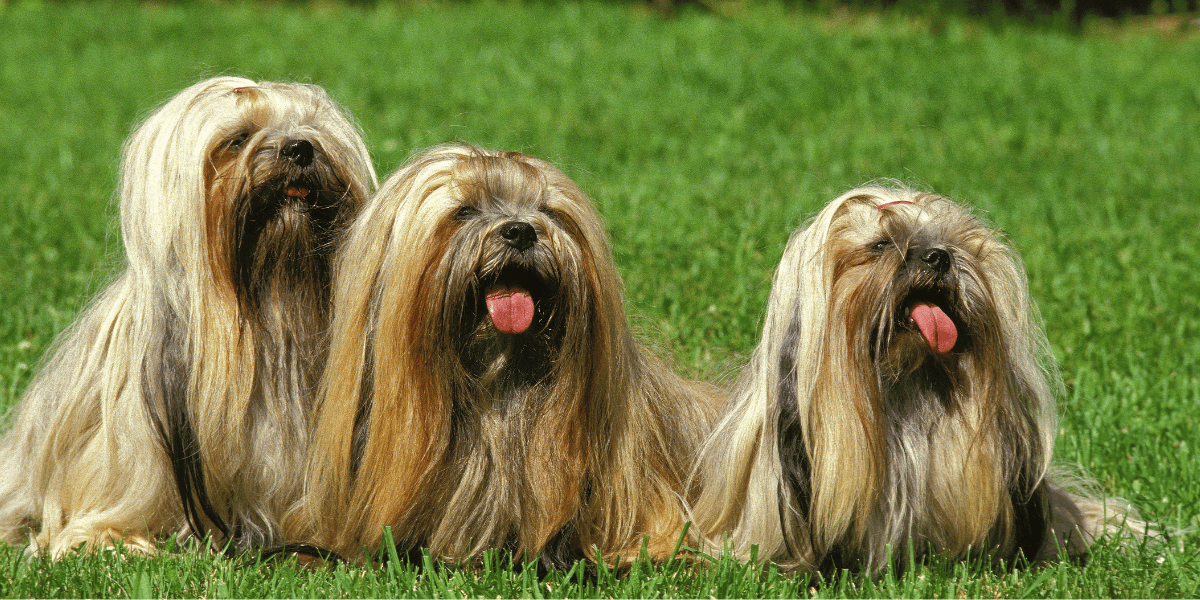
The history of the Lhasa Apso is fascinating and filled with cultural significance.
- Origin in Tibet: This breed originated in the Himalayas, revered by Tibetans
- Temple Guardians: They were often kept in monasteries to protect sacred places
- Symbol of Good Luck: The Lhasa Apso is considered a symbol of good fortune
- Royal Companions: They were favored by Tibetan nobility as loyal companions
- Western Introduction: They made their way to the West in the early 20th century
- Recognition by Kennel Clubs: The breed gained official recognition in the 1930s
- Modern Popularity: Today, they are loved by families all over the world
2. Physical Characteristics
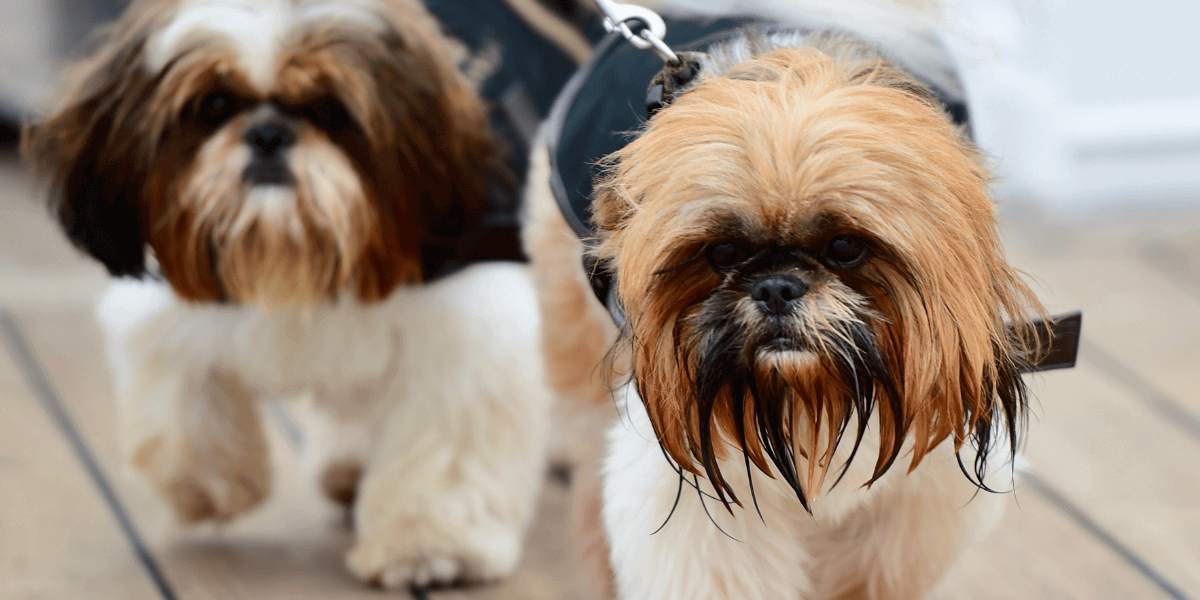
Lhasa Apsos have unique physical traits, as shown in the Ultimate Guide to Lhasa Apso.
- Size and Weight: They typically weigh between 12 to 18 pounds
- Coat and Color: Their double coat comes in various colors and patterns
- Eye Shape: Lhasa Apsos have dark, expressive eyes that convey their emotions
- Ears: Their long ears are often covered in beautiful fur
- Tail: They sport a plume-like tail that curls over their back
- Face: Their flat face gives them a unique, appealing look
- Grooming Needs: Regular grooming is essential to maintain their coat
3. Temperament and Behavior
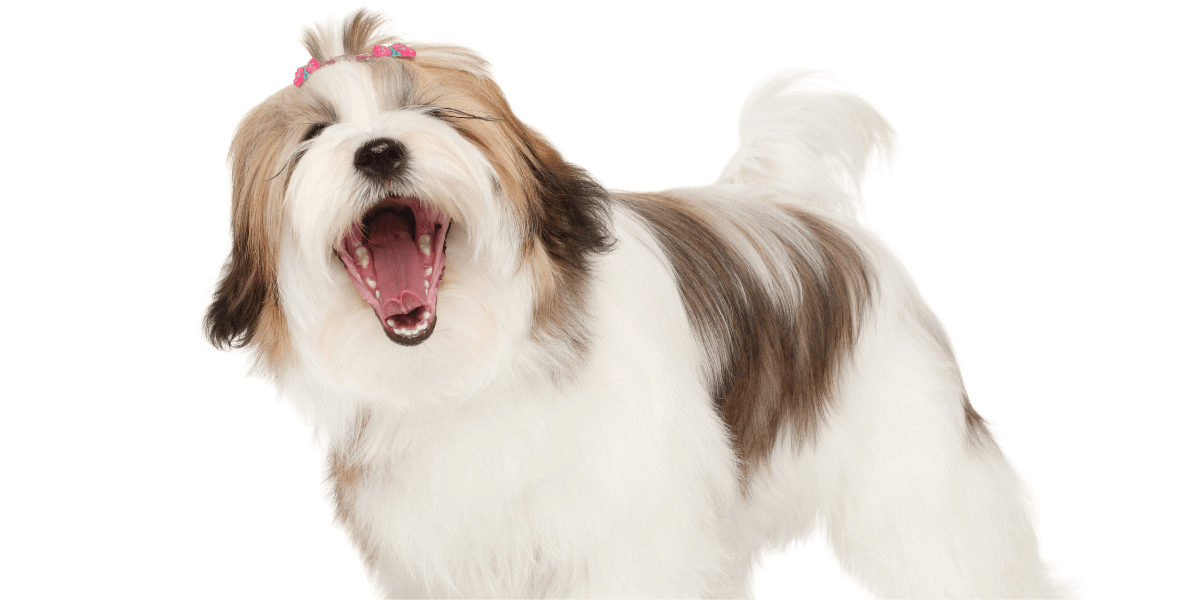
Understanding the temperament of Lhasa Apsos helps in proper training.
- Affectionate Nature: They are known to bond closely with their families
- Independent Streak: This breed can be quite independent and stubborn
- Alertness: They are naturally alert and make great watchdogs
- Playfulness: Lhasa Apsos enjoy playtime and engaging with their owners
- Good with Children: They typically get along well with kids in the household
- Socialization Needs: Early socialization is important to develop good behavior
- Sensitivity: They can be sensitive to harsh training methods or environments
4. Grooming Essentials
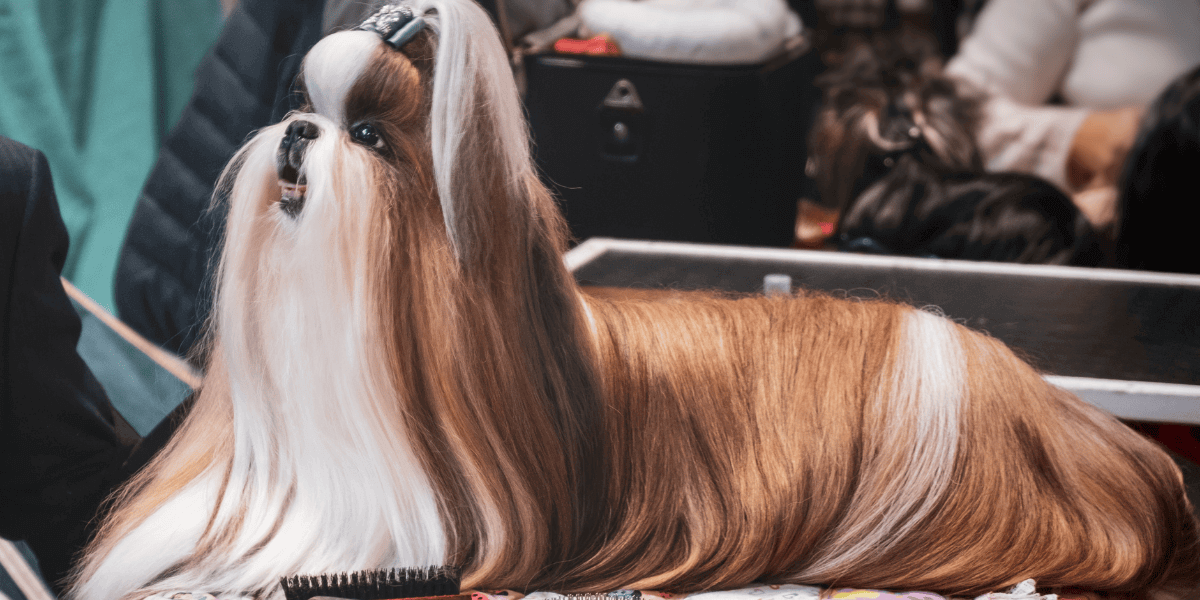
Grooming is crucial for maintaining the beauty and health of Lhasa Apsos.
- Daily Brushing: Their long coat requires daily brushing to prevent mats
- Bathing Frequency: Bathing should be done every few weeks to keep them clean
- Ear Care: Regularly check and clean their ears to prevent infections
- Nail Trimming: Keep their nails trimmed to avoid discomfort while walking
- Dental Health: Brush their teeth regularly to prevent dental issues
- Professional Grooming: Consider professional grooming every few months
- Grooming Tools: Use the right brushes and combs for effective grooming
Discover grooming tips from German Shepherds to keep your Lhasa Apso looking its best.
5. Training Tips
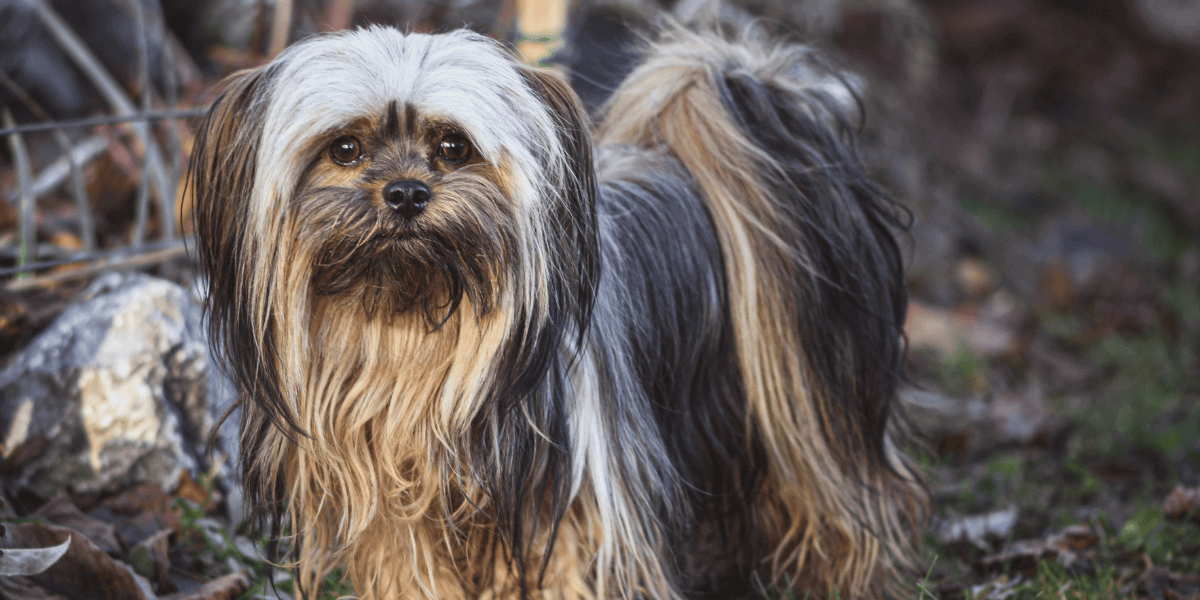
Training a Lhasa Apso requires patience and consistency for success.
- Start Early: Begin training while they are still puppies for best results
- Positive Reinforcement: Use treats and praise to encourage good behavior
- Short Sessions: Keep training sessions brief to maintain their attention
- Socialization: Expose them to various environments and people early on
- Basic Commands: Teach essential commands like sit, stay, and come
- House Training: Be consistent with potty training to avoid accidents
- Professional Training: Consider classes if you encounter challenges
6. Health Considerations
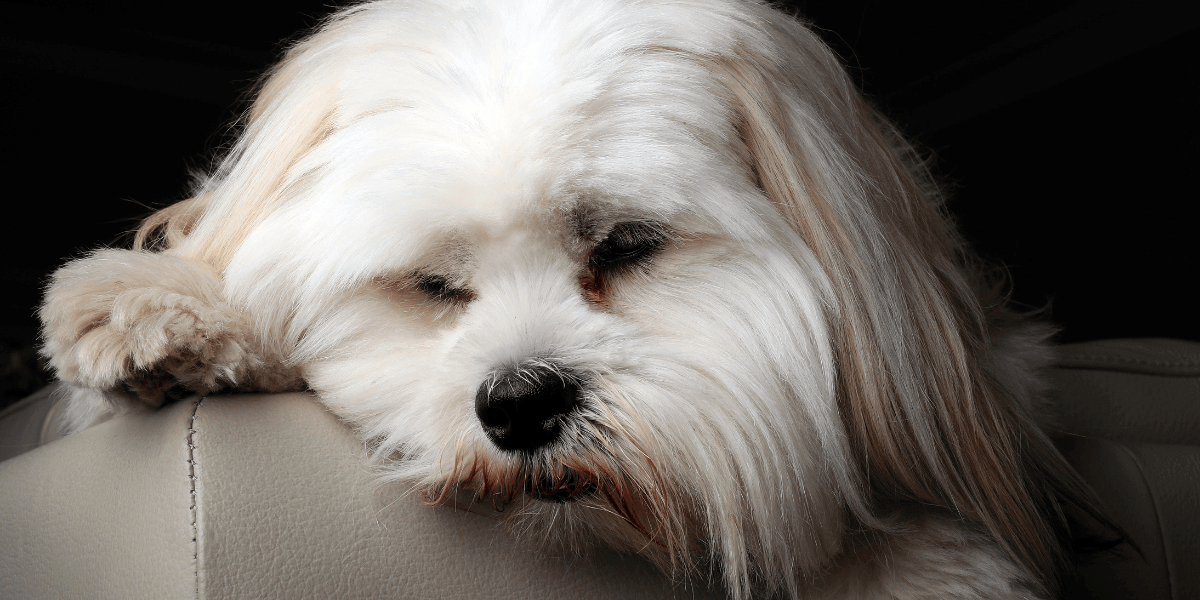
Awareness of health issues is crucial for owners in the Ultimate Guide to Lhasa Apso.
- Common Health Issues: They may face eye problems and hip dysplasia
- Regular Vet Checkups: Annual checkups help catch issues early
- Vaccinations: Keep their vaccinations up-to-date for overall health
- Weight Management: Monitor their diet to prevent obesity
- Grooming for Health: Regular grooming helps identify skin issues
- Hydration: Ensure they have access to fresh water at all times
- Emergency Care: Be prepared for emergency situations with a vet on call
Explore training strategies from Great Danes to raise a well-behaved Lhasa Apso.
7. Living Environment

Creating a suitable living environment is key for a happy Lhasa Apso.
- Indoor Space: They thrive in an indoor setting, making great apartment dogs
- Exercise Needs: Daily walks and playtime are essential for their health
- Safe Area: Ensure their environment is safe from hazards
- Temperature Control: They prefer moderate temperatures, so keep them comfortable
- Quiet Spaces: Provide a quiet area where they can relax and feel secure
- Toys: Offer engaging toys to keep them entertained
- Family Interaction: Lhasa Apsos loves being part of family activities
Learn how Bernese Mountain Dogs adapt to family life to create a perfect environment for your Lhasa Apso.
FAQs
1. How long do Lhasa Apsos live?
- Lhasa Apsos have a lifespan of 12 to 15 years in the Ultimate Guide to Lhasa Apso
2. Do they shed a lot?
- They are considered low-shedding but require regular grooming
3. Are Lhasa Apsos good with other pets?
- They can get along with other pets if socialized properly
4. What is their exercise requirement?
- They need daily walks and playtime to stay healthy
5. How often should I groom my Lhasa Apso?
- Daily brushing is recommended to maintain their coat
6. Are they good for first-time dog owners?
- Yes, but they require patience and consistent training
7. What health problems should I watch for?
- Keep an eye out for eye problems and hip dysplasia
Conclusion
- Lhasa Apsos are loving companions highlighted in the Ultimate Guide to Lhasa Apso
- Proper grooming and training are essential for a happy pet
- Awareness of their health needs ensures a long, fulfilling life
- Creating a loving environment helps them thrive and feel secure
- Consider adopting a Lhasa Apso to enjoy its delightful nature
- Start your journey with this breed and experience its charm
If you found this guide helpful, like and share it with fellow dog lovers today!
References
For more information on the Ultimate Guide to Lhasa Apso, check out these resources:




